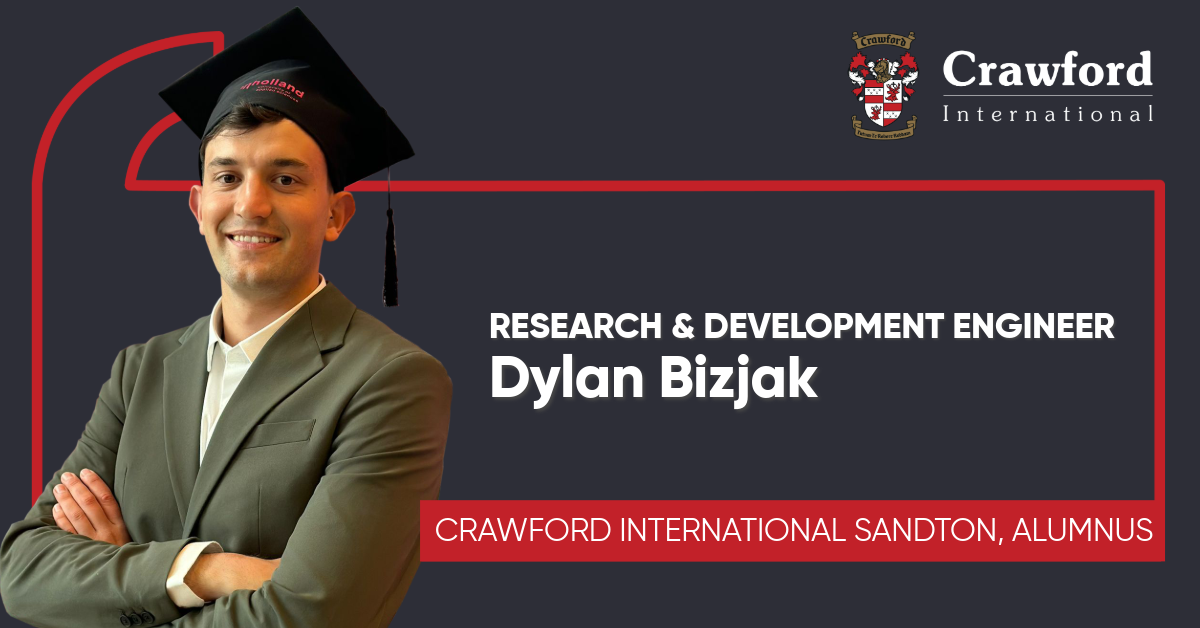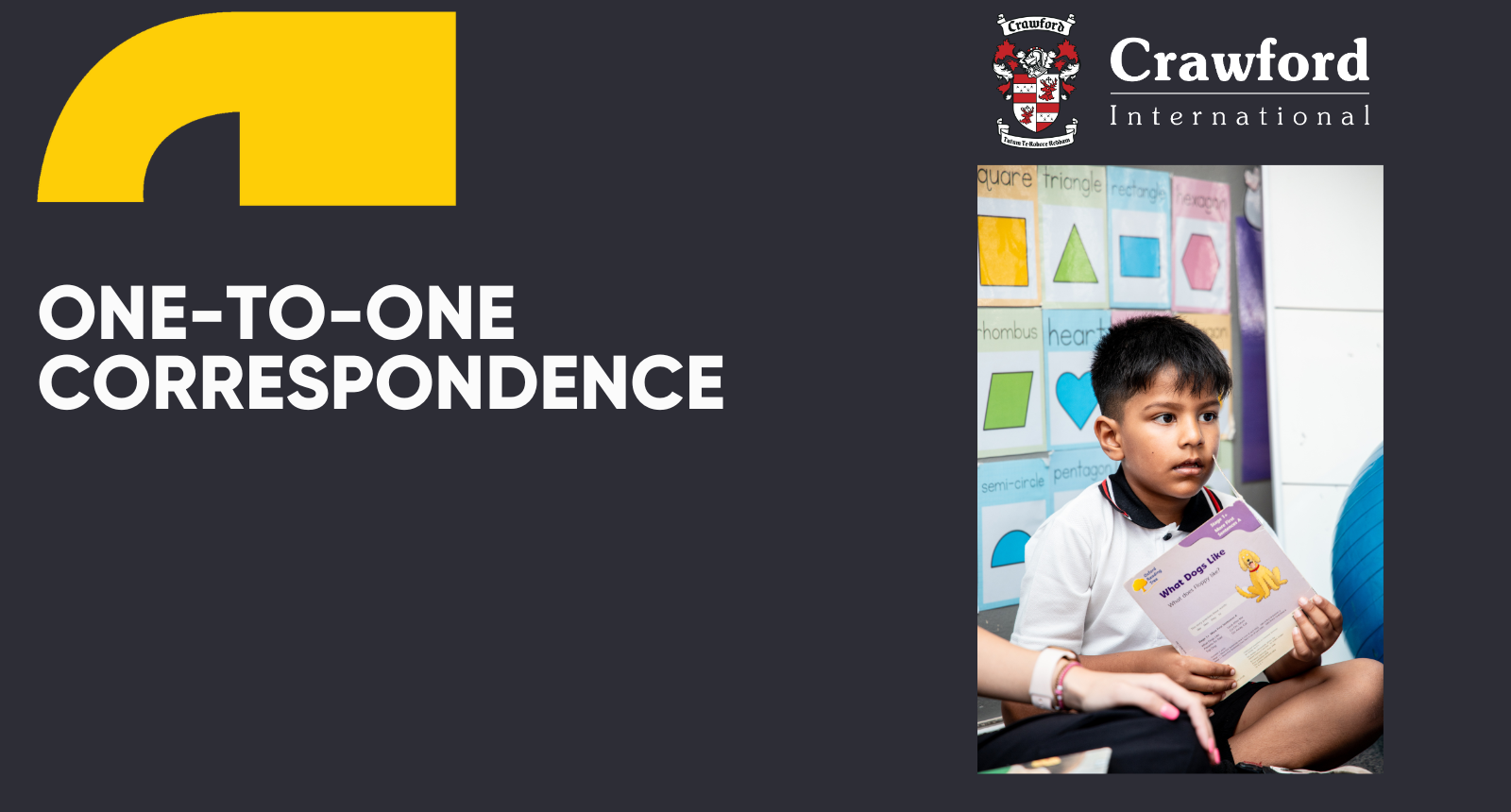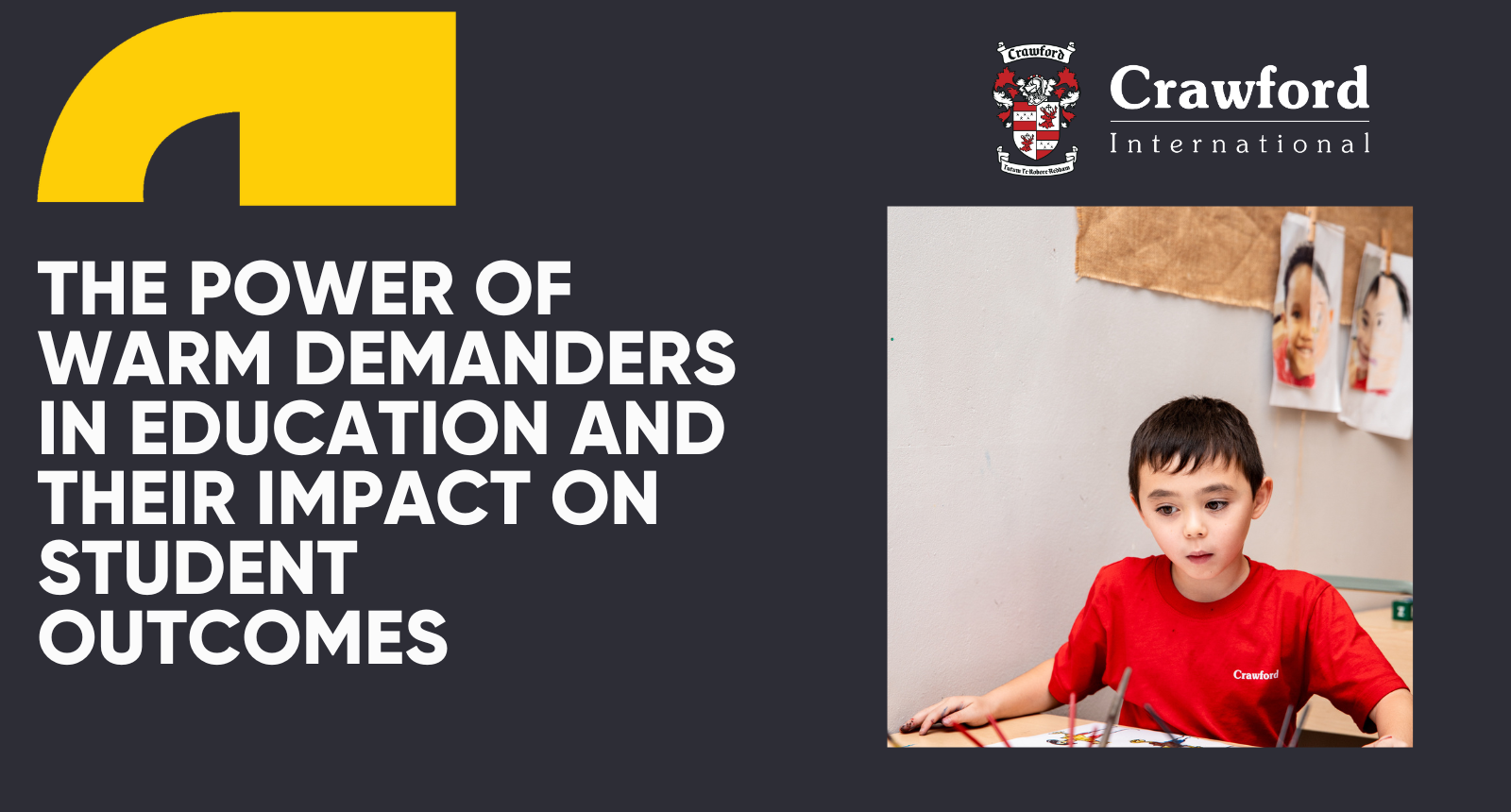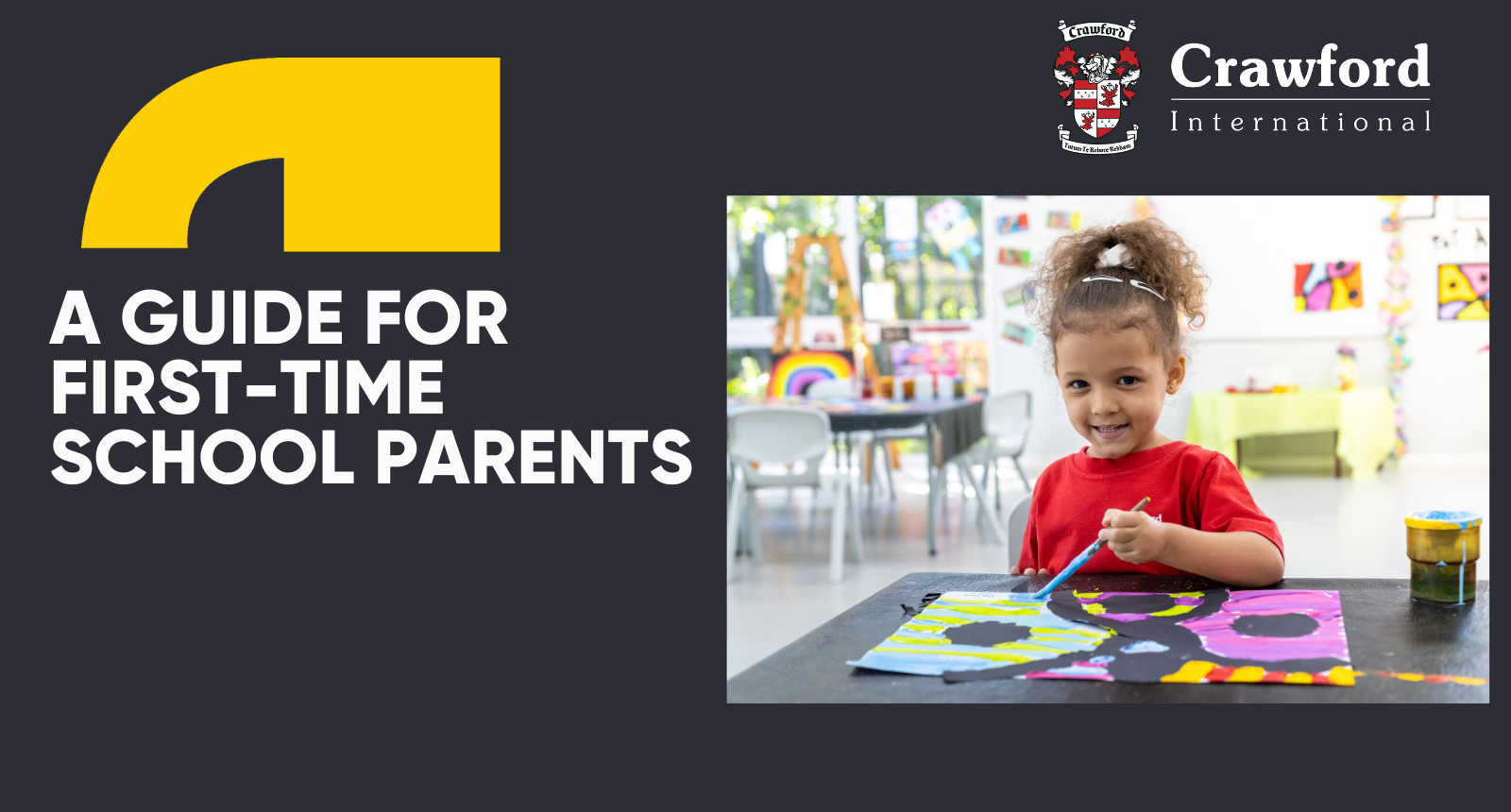The Benefits of Letting Your Child Go Barefoot
Karabo Molokomme • August 18, 2023
The Benefits of Letting Your Child Go Barefoot

It’s often been said that the most fond childhood memories involve crunchy beach sand or cool grass beneath small, bare feet. And what would a South African childhood be without a devil thorn in your heel as you run across a sports field? An old African saying outlines that barefoot children are closer to mother earth – a trending term for this being ‘Earthing’ - and that barefoot children also grow stronger roots. Now, we don’t know about ‘Earthing’ or roots, but a recent medical research study suggests that throwing shoes to the curb can potentially have positive physical and mental health benefits for kids and adults alike.
We did a little research and here are our top 4 benefits of being bare foot and a cool activity for bare foot play at home:
1. Foot Health
Podiatrists recommend that children walk barefoot to improve the general health of their feet. Feet are, after all, the foundation of your child’s entire body and so foot care is vital in order to build a solid foundation. Walking barefoot also develops motion in the joints in the ankle and foot, and helps growing feet to gain strength and stability by training muscles and ligaments to support the body. This development can often be hindered by structurally oppressive shoes. It’s one of the reasons, younger boys are not allowed to play rugby in boots, because it hinders foot development.
2. Pressure Points
When children wear shoes, they are missing out on a sensory experience that is facilitated by mother nature’s dirt, leaves rocks and sticks beneath their feet. Our bare feet have many pressure points and nerve endings that send messages to other parts of our bodies. Wearing shoes dulls these nerve endings because they are just not needed, while going barefoot stimulates these nerves and our entire nervous system then becomes much more alert and responsive. These nerve endings in our children constantly need stimulation in order to develop.
3. Cognitive Attention
When shoes are off,
brains become active! Barefoot children immediately become more aware of their surroundings. Senses kick in and kids start to hear, see, smell, touch and even taste the environment around them. What’s that noise in the tree? Ouch, these stones are sharp, how will I get through this part without pain? From that heightened attention comes careful consideration and also appreciation of the nature around them. When all five senses are fully engaged, connection with nature is achieved.
4. Feeling Grounded
Okay, we found the research about the bare foot children having stronger roots. It also states that barefoot people have better grounding. Those bare foot pressure points that get the senses going, are the same pressure points that can also calm anxiety. The feeling of steadiness below your feet and the freedom of confinement releases endorphins into the brain – aka happiness – and immediately an anxious child will become calmer and a sad adult may become lighter. Bottom line, free their feet and their brains.
If you have little children and you want them to benefit from the positives of being bare foot, you can consider creating a sensory path in your garden.
The activity of creating the path is also a stimulating activity for the family, but the secondary benefit is the actual bare foot use afterwards.
Here are some simple things you can use to create your sensory bare foot path:
- Different grains of sand – some finer, some more coarse
- Pinecones
- Smooth pebbles
- Hay
- Soft ground covering plants like moss
- Mud – kids love this!
- Water – great for after the mud!
- Wood chips
And, obviously every natural trail or hike is great for your kids, but don’t be afraid to let them take those takkies off as you navigate the different terrains: let them feel the grasslands, the rocks and the coolness of the river. It will do wonders for their feet, their bodies and their brains.












